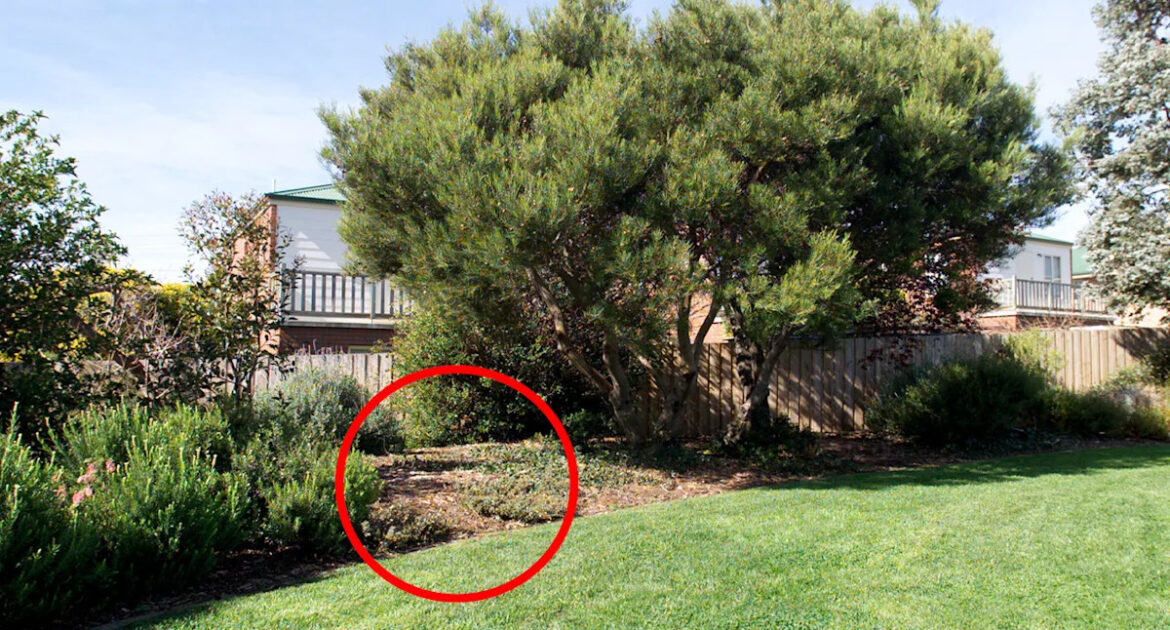A silent but potentially deadly threat, renowned for lurking in tropical gardens and groundwater, could pose an even bigger risk to thousands of Australians this summer as above-average rainfall is expected across hotspots.
Melioidosis is an infectious disease caused by bacteria found in soil and water, and has already claimed the lives of 36 people in Queensland this year. However, with a La Niña possible and the Bureau of Meteorology forecasting tropical parts of Queensland to be wetter than average this summer, a microbiology expert told Yahoo News more Australians will be more exposed to melioidosis and cases will most likely spike.
“There’s no doubt that melioidosis case numbers and rainfall are linked,” Jeffrey Warner, an Associate Professor in Medical Microbiology at James Cook University, said. “We’re reasonably certain that an initial downpour of rain liberates the organism from the soil, and that’s almost certainly when people get exposed.”
There has already been a large increase in the number of melioidosis cases so far this year, with 249 recorded, compared to only 67 through the entirety of 2024 and 66 in 2023, according to Queensland Health. Warner explained that melioidosis is an “opportunistic infection” that is encouraged by rainfall.
The harmful bacteria “happily live” just below the surface of the soil, and rainfall brings them to the surface, with Australians in the tropics picking it up by either inhaling, ingesting or making contact with cuts or abrasions. There is “strong evidence” that indicates rainfall of 30 millimetres or above invigorates the bacteria, and it’s “almost certainly when people get exposed”.
“We know, pretty well, that not long after a downpour, an average of about nine days, but it could be as short as a couple of days up to 21 days, we’ll start to see cases start presenting at the hospital. When it stops raining, and then it rains again, we’ll see the spike. It’s really the time after that heavy rain,” he said.
What else is causing an increase in melioidosis cases?
While rainfall undoubtedly increases the number of melioidosis cases in Queensland and the Northern Territory – where other cases are frequently reported – other factors may be contributing.
Warner said there is “strong anecdotal evidence” to suggest the construction of new housing developments where the bacteria is present could be driving an increase in melioidosis cases. There are early signs that this is the case in Darwin and in the northern parts of Townsville, where urban sprawl has increased.
A similar sentiment was shared by Bart Currie, who is a Professor in Medicine at Menzies School of Health Research. He previously told Yahoo News that developers venturing out into untouched land for housing and infrastructure could heighten the risk.
“That can also unmask cases because the disturbances to the environment, with the digging of soil and foundations of buildings and everything, actually stirs up the bacteria,” he said.
How can Australians protect themselves?
When it comes to Australians protecting themselves against melioidosis, “common sense” reigns supreme, Warner said. While it’s important to still get outside and enjoy fresh air, being mindful of when you do this in relation to recent downpours is crucial.
“It’s just not wise to do the gardening then,” he said, urging residents to treat groundwater similarly to sewage.
“It’s not sewage because it’s not contaminated with human waste, but it is contaminated with a bacteria we need to be careful of,” he said. “You could argue that you just need to treat water here the same way [as sewage]. It’s not necessarily something you should go out and engage with.”
Do you have a story tip? Email: newsroomau@yahoonews.com.
You can also follow us on Facebook, Instagram, TikTok, Twitter and YouTube.



Comments are closed.